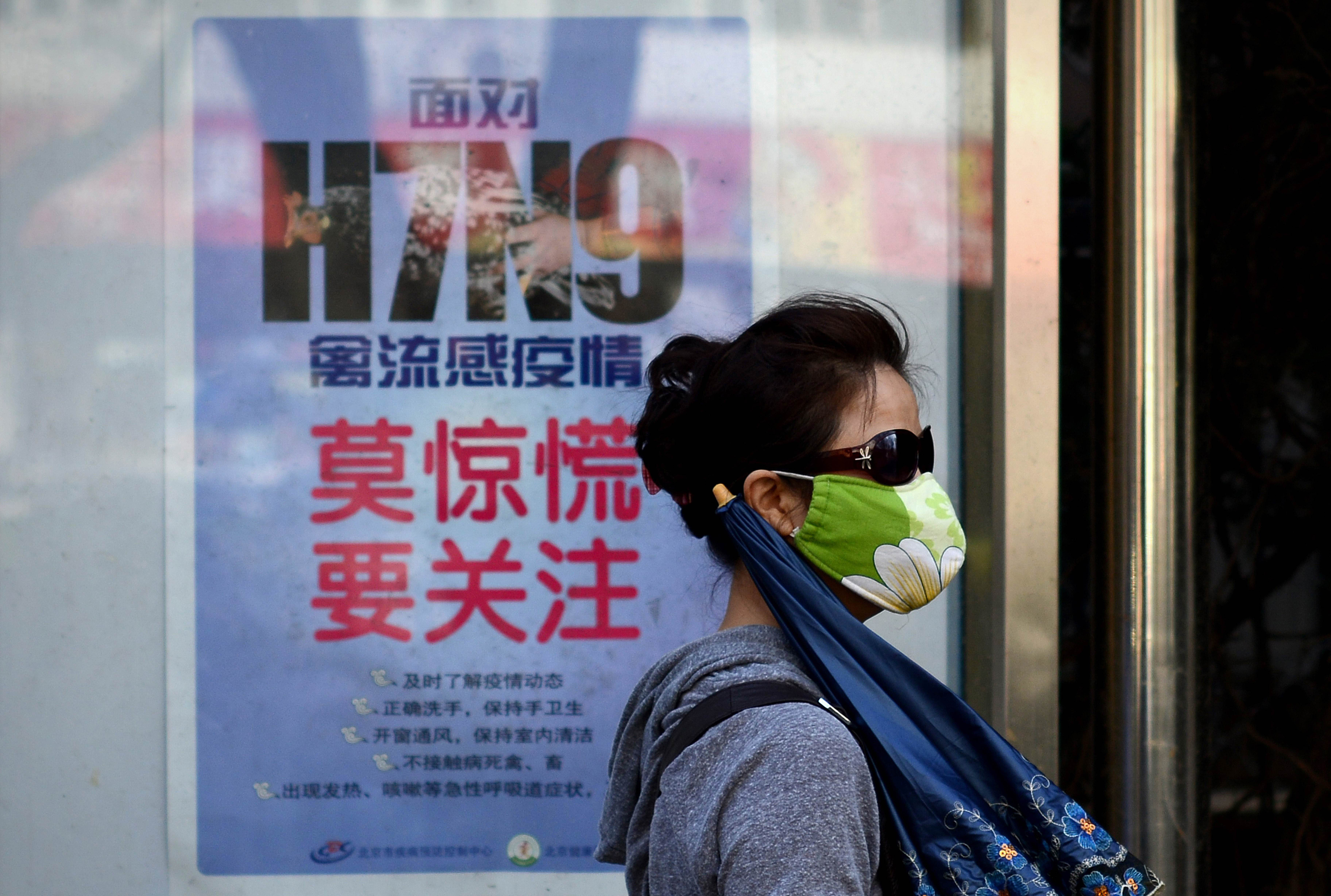No one has ever fully explained why, in 2002-3, the virulent pathogen known as Severe Acute Respiratory Syndrome (SARS) ran rampant in mainland China (5,328 cases, 349 deaths) but only infected four people in South Korea, with no fatalities, and none in Japan.
Unlike the time of the SARS outbreak, Chinese health authorities have been swift to go public with information on the recent spread of the H7N9 strain of avian influenza, sharing their findings with the World Health Organization.
What these experts had to say about H7N9 is hardly reassuring. "This is definitely one of the most lethal influenza viruses we have seen so far," Keiji Fukuda, member of a WHO inspection team, said at a news conference in Beijing last Wednesday.


















With your current subscription plan you can comment on stories. However, before writing your first comment, please create a display name in the Profile section of your subscriber account page.